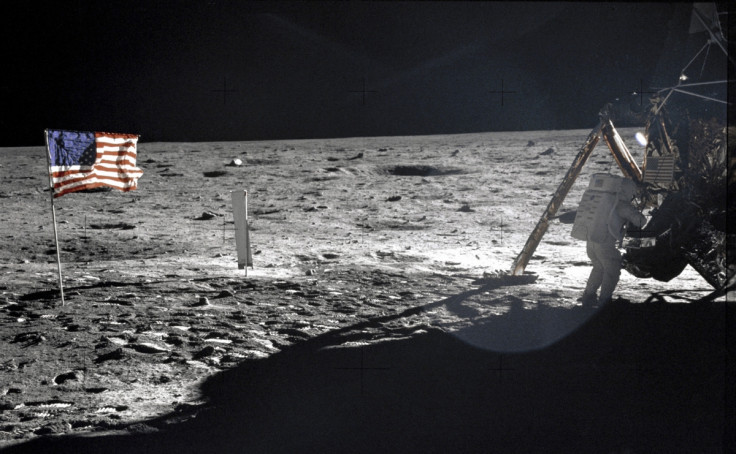Broadband on the Moon Means Watching Game of Thrones Live in Outer Space

It has been almost 45 years since the moon landing, when millions of people sat in awe in front of their televisions watching grainy black and white footage of Neil Armstrong becoming the first man to set foot on the lunar surface.
In that time just 11 more people have walked on the moon's surface, yet the dream of creating a colony on the moon and living their on a permanent basis seems like an achievable goal, rather than simply being consigned to the pages of science fiction novels.
As private space flights draw ever closer, and the possibility of spacecraft being used to mine rare minerals from asteroids becomes a probability rather than a possibility, we do seem to be inching closer to seeing people living on the moon.
While there are numerous practicalities to overcome first - a lack of oxygen and no gravity being just two - a group of scientists has established that broadband communication between the Earth and the moon is more than possible.
High-def video streaming
The researchers at the Massachusetts Institute of Technology (MIT) Lincoln Laboratory, working with Nasa, demonstrated for the first time that a data communication technology exists that can provide space dwellers with the connectivity we all enjoy here on Earth, enabling large data transfers and even high-definition video streaming.
It means those living on the moon should be able to watch live television just like their counterparts on earth - so no need to to TiVo the entire season 20 of Game of Thrones to watch on your holidays back on terra firma.
Being presented in full at the up-coming CLEO conference at the beginning of next month, the researchers will reveal more details about their laser-based communication uplink between the moon and Earth, which beat the previous record transmission speed by a factor of 4,800.
The team made history when their Lunar Laser Communication Demonstration (LLCD) transmitted data across the 384,633 kilometre divide between the moon and Earth, at a download rate of 622 megabits per second, faster than any radio frequency (RF) system.
They also transmitted data from the Earth to the moon at 19.44 megabits per second, a factor of 4,800 times faster than the best RF uplink ever used.
Bending light
Mark Stevens of MIT Lincoln Laboratory said: "Communicating at high data rates from Earth to the moon with laser beams is challenging because of the 400,000-kilometre distance spreading out the light beam. It's doubly difficult going through the atmosphere, because turbulence can bend light—causing rapid fading or dropouts of the signal at the receiver."
While more immediate implementations of the LLCD technology will be used for near-Earth spaceflight and missions, the team behind it believes the system is also extendable to deep-space missions to Mars and the outer planets.
The system works from a ground terminal at White Sands, New Mexico which uses four separate telescopes to send the uplink signal to the moon.
The signal is sent to a receiver mounted on a satellite orbiting the moon which uses another telescope to collect the light. The signal is then amplified and converted into data bit patterns which transmit the message.
Of the 40 watt signals sent by the transmitter on the ground, less than a billionth of a watt is received at the satellite — but this is still 10 times the signal strength necessary to achieve error-free communication according to Stevens.
© Copyright IBTimes 2025. All rights reserved.






















